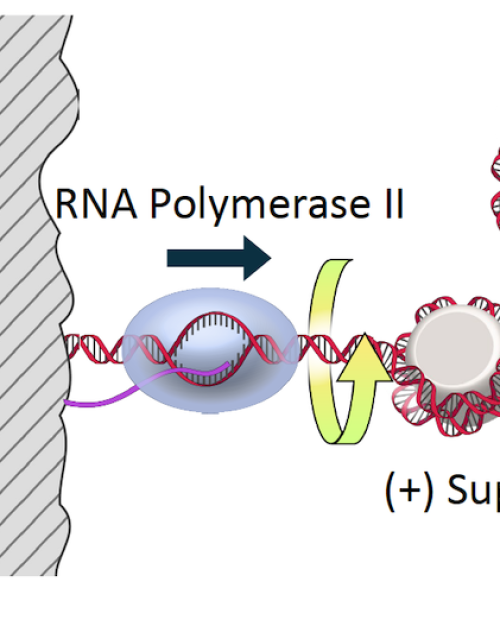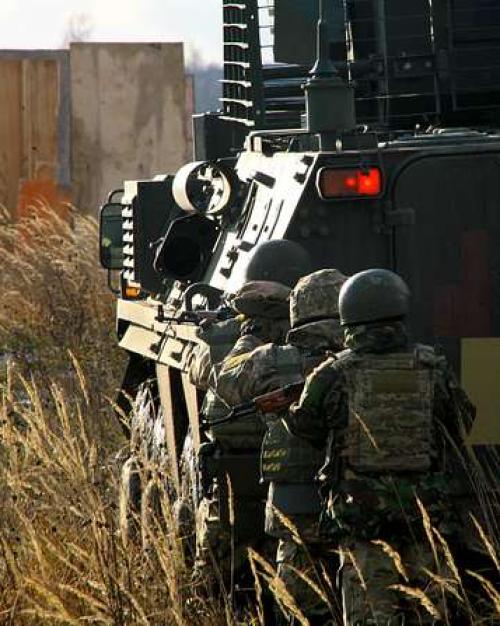Today’s world is arguably very different from the world of the 1930s, history professor Cristina Florea writes in a Time Magazine op-ed, but current events in Europe have disturbing parallels in the 1930s.
"If the 1930s teach us anything, it is that things can fall apart easily," Florea writes in the piece. "An international order carefully held together through institutions designed to preserve peace can unravel overnight. Faced with German aggression, the post-Versailles order collapsed at a mere push of the finger. Czechoslovakia disappeared from the map of Europe without a single bullet being fired. One year later, Europe found itself in the throes of its deadliest war in twenty years."
Read the story in Time Magazine.




